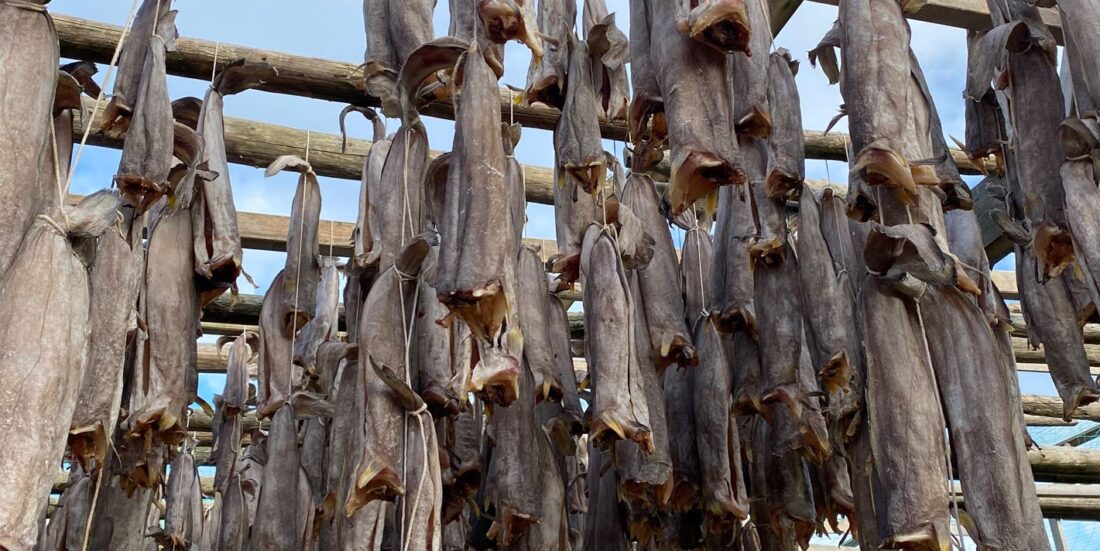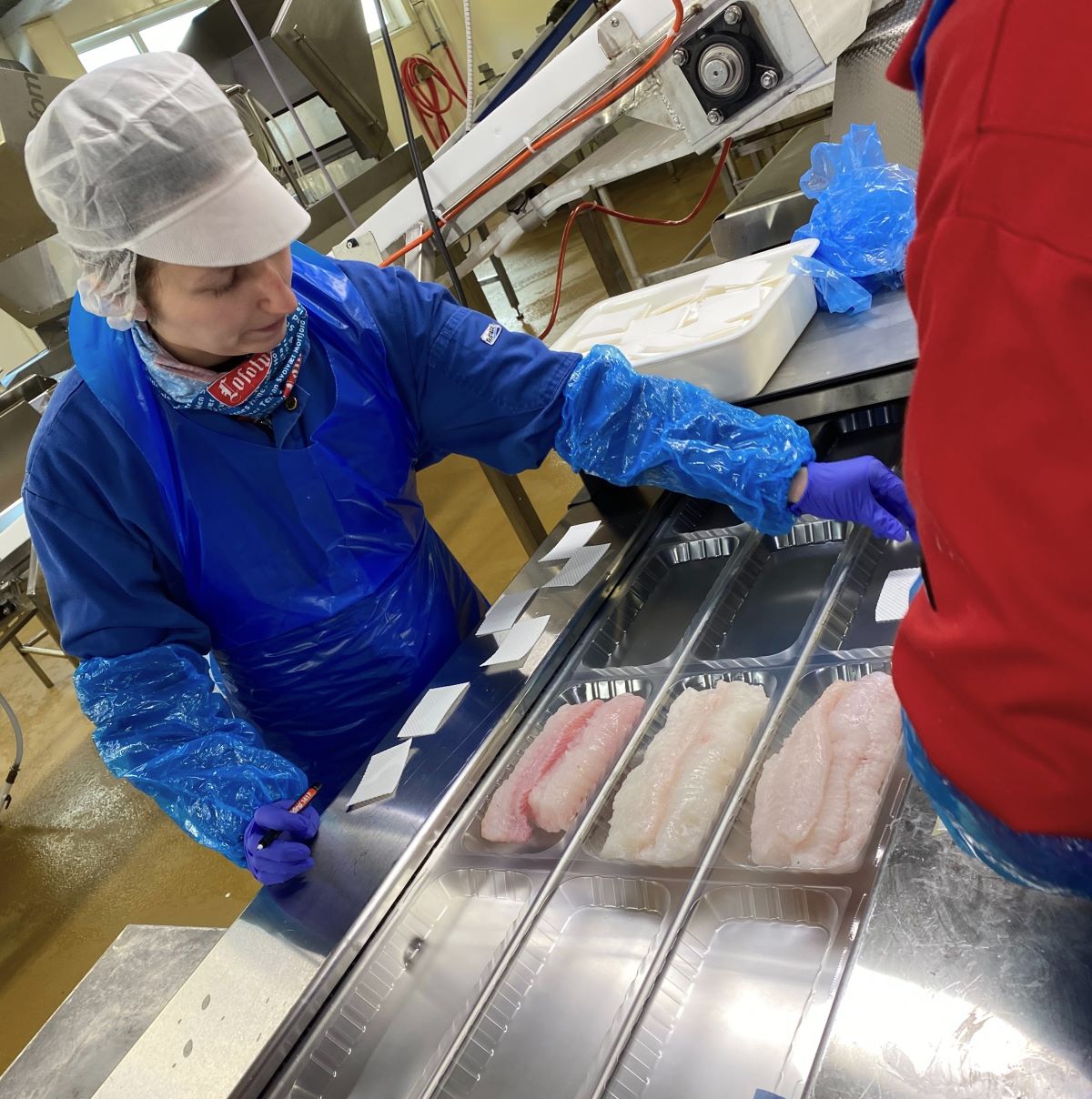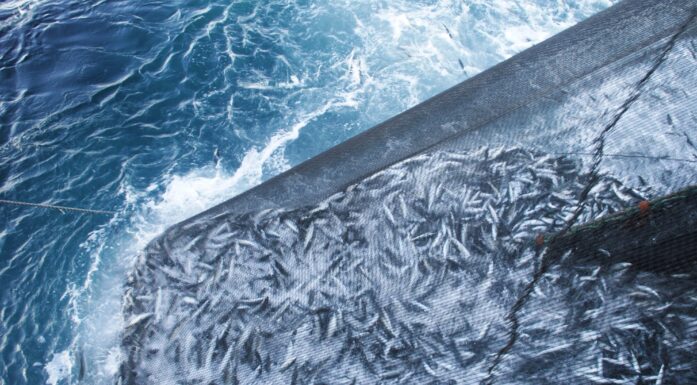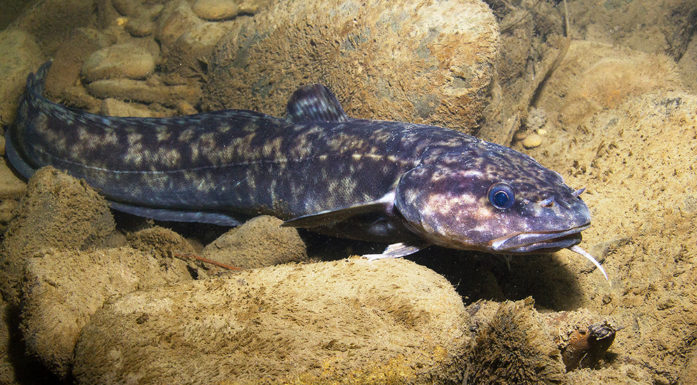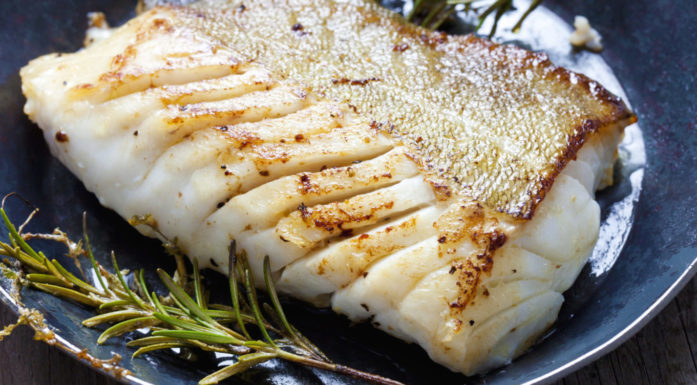A ‘new’ fish may soon be finding its way onto fresh food counters
Research is revealing that a cod-like fish called ‘cusk’ may soon be making a big splash on Norwegian dinner plates. But you will have to search long and hard to find it on sale today.
“Cusk makes for a delicious fish dinner”, says SINTEF researcher Guro Møen Tveit. “Our study shows that many more people would eat this excellent whitefish if it was easier to get hold of”, she says.
If you want to buy cusk today, you have to search long and hard along a well-stocked fish counter, or order it online from the home food delivery company Oda. You may also be able to find it served in restaurants.

Guro Møen Tveit is studying the culinary qualities of cusk. Her team’s results suggest that it can be highly recommended. Photo: SINTEF
But is there a bigger market for cusk? Researchers have been looking into this – investigating both production and levels of acceptance for this particular whitefish in the market.
“It appears that there is a significant potential for getting cusk fillets onto Norwegian dinner plates”, says Tveit.
Raising the profile
Cusk is caught using line and autoline fishing and by using nets. It is most commonly caught as by-catch. Current commercial fishing takes place along the coast of northern Norway, but more in the open sea offshore western Norway.
Most of today’s catch is used as the raw materials for salted and unsalted dried fish products such as stockfish, and in these forms is exported mainly to countries such as Italy, Nigeria and Brazil.
“The species is not traditionally used for the production of whitefish fillets for the dinner table, but our aim is to raise its profile”, says Tveit.
The researchers are looking to help boost the exploitation of cusk and increase its value in the eyes of consumers.
“This will also help to relieve the pressure on conventional species currently being used to produce whitefish fillets”, says Tveit.
Passing the taste test with flying colours
The first thing that the research team had to find out was whether potential consumers enjoyed eating cusk fillets. So, they carried out a blind taste test in which a panel of 12 people were asked to compare steamed cod and cusk fillets.
“The panel gave the cusk very high marks for qualities such as appearance, appetising appeal, odour and taste”, says Tveit.
The species is not traditionally used for the production of whitefish fillets for the dinner table, but our aim is to raise its profile.
True enough, the panel gave cusk slightly lower marks than cod, in particular for the consistency of its meat, where it clearly came in second best, although the panel actually reported that its odour was more appealing. Some members of the panel even said that the cusk tasted better than the cod.
Tveit herself speculates that the cusk would have performed better in the consistency test if the fish had been fried instead of steamed.
In general, the panel was very pleased with the product. Many of them had never tasted cusk before and were pleasantly surprised by a new, mild-flavoured whitefish.
“Based on the responses from the taste test panellists, there’s no doubt that cusk has the potential to become an excellent dinner option”, says Tveit.
As well as the taste test, the researchers interviewed actors in the restaurant and catering sector to find out what they thought about cusk. The responses were very positive.
“They wanted to see more cusk than they currently get to work with”, says Tveit.
Different approaches to defrosting
Most cusk is currently harvested in the spring and autumn. So, in order to make the fish available all year round, it will have to be possible to freeze the product and then defrost it in the shops prior to sale.
“A process called ‘refresh’ enables frozen fish to be thawed and sold in food shops”, says Tveit. “The method will also help to create jobs in whitefish processing companies outside the fishing season”, she says.
For this reason, the research team carried out a defrosting study as part of their project. This involved looking into how a variety of thawing methods influenced the quality of vacuum-packed cusk fillets.
“We employed two different methods, both of which are currently available to retail outlets. The first involved thawing in a refrigeration room for three days, the second in a defrosting cabinet for 35.5 hours”, explains Tveit.
Both experiments were carried out using relatively extreme parameters in order to test for possible limiting values. The study showed that rapid thawing in the defrosting cabinet, using higher temperatures and air circulation settings, led to the poorest results.
“Fillets thawed in this way scored lower on odour, texture and appearance”, says Tveit. “Moreover, this approach affected the colour of the meat, which was darker when compared with the other fillets thawed in the refrigeration room”, she says. Despite this, Tveit is hesitant to write this method off.
“We probably employed too high a temperature and air circulation settings”, she says. “However, I believe that the defrosting cabinet will perform well provided that the process is carried out over a longer period and with reduced air circulation levels”, says Tveit.
The researchers have nevertheless succeeded in demonstrating that it is possible to sell cusk thawed using the refresh approach.
A solution to the parasite problem
The refresh method can also be used to address another problem that is common to many whitefish species – parasitic roundworms.
“Cusk is quite vulnerable to roundworm, but we can address this effectively by freezing the fish to minus 20 degrees and then thawing it before setting it out on the fish counter in the shops”, explains Tveit. “Freezing is in fact the most effective way of killing both roundworm and other parasites”, she says.
“If the fish is being sold fresh”, Tveit adds, “heat treatment will also do the trick”.
She believes that an information campaign will be needed to focus public awareness on this ‘new’ and exciting whitefish.
“If you search on the Norwegian website godfisk.no, you will find no less than 139 recipes that include cod, but only five with cusk. This is in spite of the fact that cusk can be used in the majority of whitefish recipes. If cusk is to become a commercial success, it is essential that people are made aware using as many channels as possible.
This research work forms part of the project “Fersk linefanget brosme som råstoff til filetproduksjon” (Fresh line-caught cusk as a raw material in fillet production), and is being financed by the Norwegian Fisheries and Aquaculture Research Fund (FHF).
